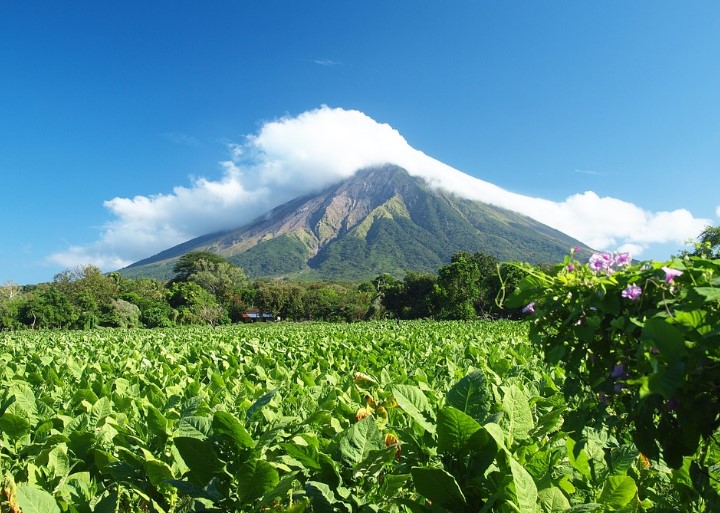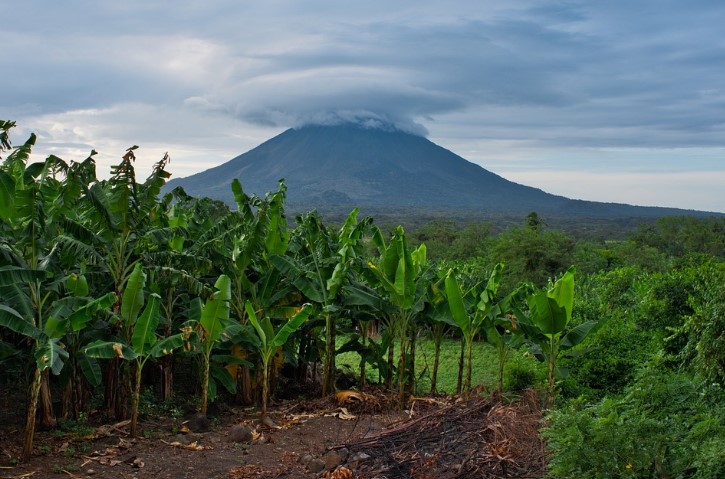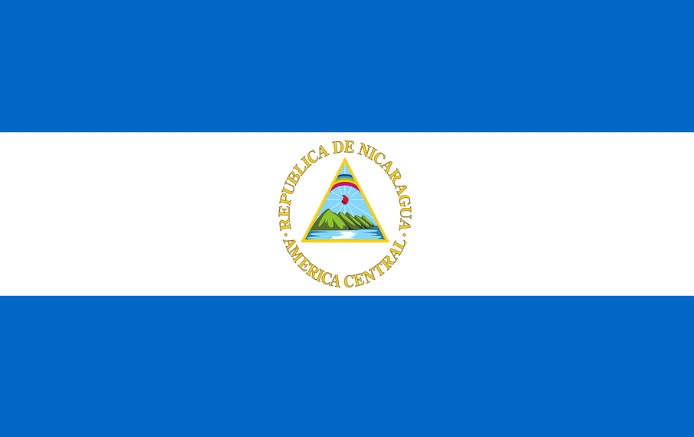Where is Nicaragua located? Which city is the capital of Nicaragua? Which language do people of Nicaragua speak? Get answers to these questions and much more in this article on Nicaragua facts for kids.
Nicaragua is located in Central America, between Honduras as well as Costa Rica. The Atlantic Ocean can be found to the east of the Caribbean Sea, while we can see the Pacific Ocean to the west.
There is a swampy region in the country’s eastern section known as the Mosquito Coast.
The middle of Nicaragua is home to some beautiful mountains. The western region of Nicaragua is home to several volcanoes as well as Lakes Nicaragua and Managua.
Throughout reading this article, you will acquire new information that is not only entertaining but also enlightening.
Facts about Nicaragua
1. The country of Nicaragua is located in North America.
2. Among the countries that make up what is collectively called Central America, Nicaragua is by far the largest.
3. The Mosquito Coast is a swampy region in the country’s east.
4. Central Nicaragua is mountainous.
5. People play both baseball, as well as soccer extensively across Nicaragua.
6. There are many different types of dances to choose from in Nicaragua. Standard instruments include the marimba and guerilla.
7. There is no suppression on Religion in Nicaragua, and the government actively encourages religious freedom. Mainly Roman Catholics live there.
8. One can reach the Pacific and the Atlantic Oceans from Nicaragua’s shores.
9. A vital shipping lane is a portion of the Atlantic Ocean, the Caribbean Sea. As a whole, the length of the coasts is around 910 kilometers (565 miles).
10. To the north, Nicaragua shares a border with Honduras, while to the south, it borders Costa Rica.

11. Most linguists agree that “by the water” is where the term Nicaragua first came from among the indigenous Nahuatl people.
12. When compared to England/UK or the United States state of Pennsylvania, Nicaragua is only slightly smaller.
13. The many lagoons, lakes, and canals in Nicaragua and the range of volcanoes along its Pacific Ocean coastline have earned it the moniker “the land of lakes & volcanoes.”
14. Nicaragua is home to over 50 volcanoes, only 7 are active.
15. The Pacific coast of Nicaragua is characterized by a thin coastal plain punctuated by many volcanoes.
16. Big freshwater lakes, like Lago de Nicaragua, are located in Nicaragua. There are around 400 islands in this lake. Ometepe Island is the largest of these.
17. Managua, the nation’s capital and largest city is home to more than a million people.
18. With an elevation of 2,085 meters (6,841 feet), the Mogotón is the tallest mountain in the area. You can find the hill in southern Guatemala, close to the border with Honduras.
19. Cerro Negro, Nicaragua’s most active volcano, is the country’s most notable geographical feature. The volcano last exploded in 1999. Now, visitors may enjoy a day of trekking or sandboarding down the crater.
20. The San Juan River, which forms the country’s western boundary, is its most significant river.

21. Big Corn Island, located about 50 km/35 mi from Nicaragua’s Caribbean coast, is the country’s largest island.
22. Lake Nicaragua is the largest lake in Nicaragua and the largest freshwater lake in Central America. Lago Cocibolca and Gran Lago are local names for this body of water.
23. Ometepe Island is the most oversized island in Lake Nicaragua. This island is home to over 35,000 inhabitants.
24. Tourism, in general, agritourism and ecotourism, is booming in Nicaragua.
25. Like Brazil’s Christ the Redeemer Statue, the Christ de Mercy Statue stands atop a hill in San Juan Sur and looks out over the bay.
26. Not only does Granada have a beautiful cathedral called the Immaculate Conception of Mary, but it also boasts a lot of nicely maintained colonial structures that are painted in vibrant colors.
27. Among the American continent, Nicaragua has the lowest per capita income, and it is the second poorest country in all of the Western Hemisphere.
28. Nicaragua is home to seven distinct indigenous groups. Only 5% of Nicaraguans are not descendants of the country’s original inhabitants, called indigenous peoples.
29. The Chorotega and Matagalpa assemble in the country’s Pacific and northern regions, while the Miskito and Rama are mainly in the country’s Atlantic coastal regions.
30. Many individuals also speak native languages in Nicaragua. However, Spanish and English are the most common.

31. The Spanish spoken in Nicaragua has been shaped by various indigenous languages, giving it a unique sound and feel.
Conclusion
Nicaragua is a beautiful country with a vast number of cultural traits. People are friendly in nature and warm and welcoming. You must visit this country and promote tourism to help the locals.
I explained many of the facts about Nicaragua in this article, and we hope you got the information that you were looking for. Stay connected for more informative articles!
